The Earth is full of amazing creatures, some of which are beautiful, some of which are….terrifying? Some bridge the gap into the uncanny, looking like they don’t even belong on Earth. If I was forced to imagine life on another planet, I think it’d look a little something like this. Take a look at some amazing animals that look like they’re from another planet.
1. Satanic leaf-tailed gecko
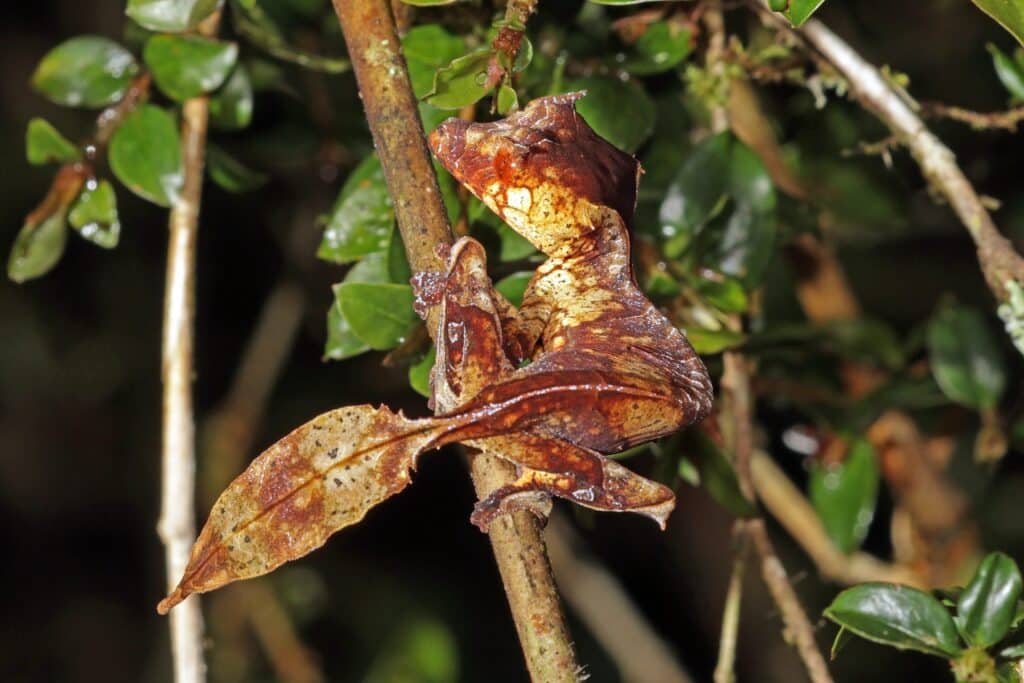
This species of gecko native to Madagascar is a masterclass in natural selection. Its leafy tail with missing chunks makes for excellent camouflage amongst the rotting leaves where it hides. They’re incredibly docile, preferring to lay still and blend in until their food comes to them.
2. Blue-Ringed Octopus
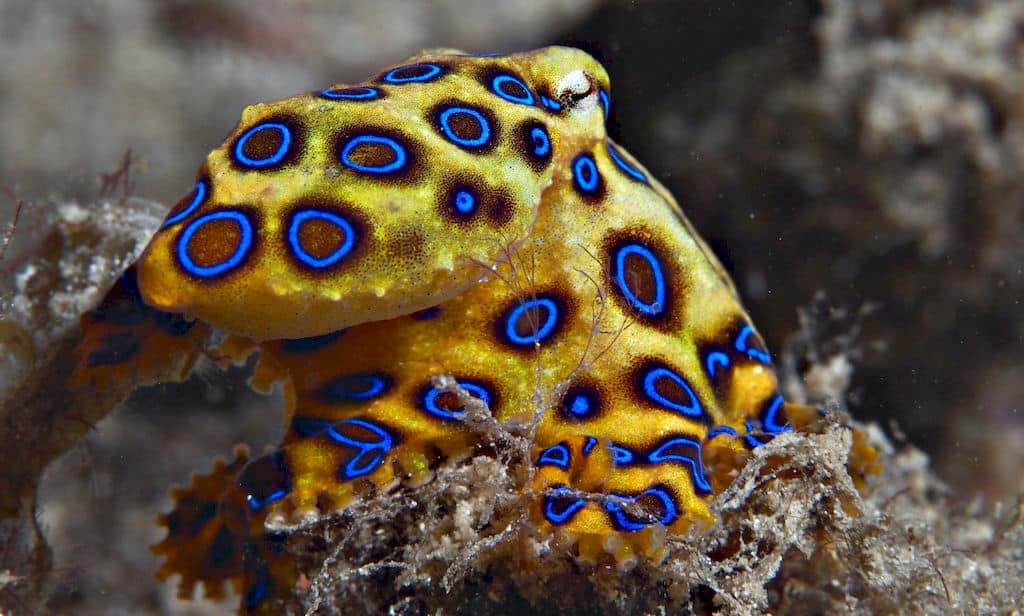
Native to coral reefs in the Indian and Pacific oceans, Blue-ringed octopuses are the most venomous marine animals on earth. Luckily, they’re both small (5 to 8 in) and extremely docile unless provoked.
3. Mata Mata
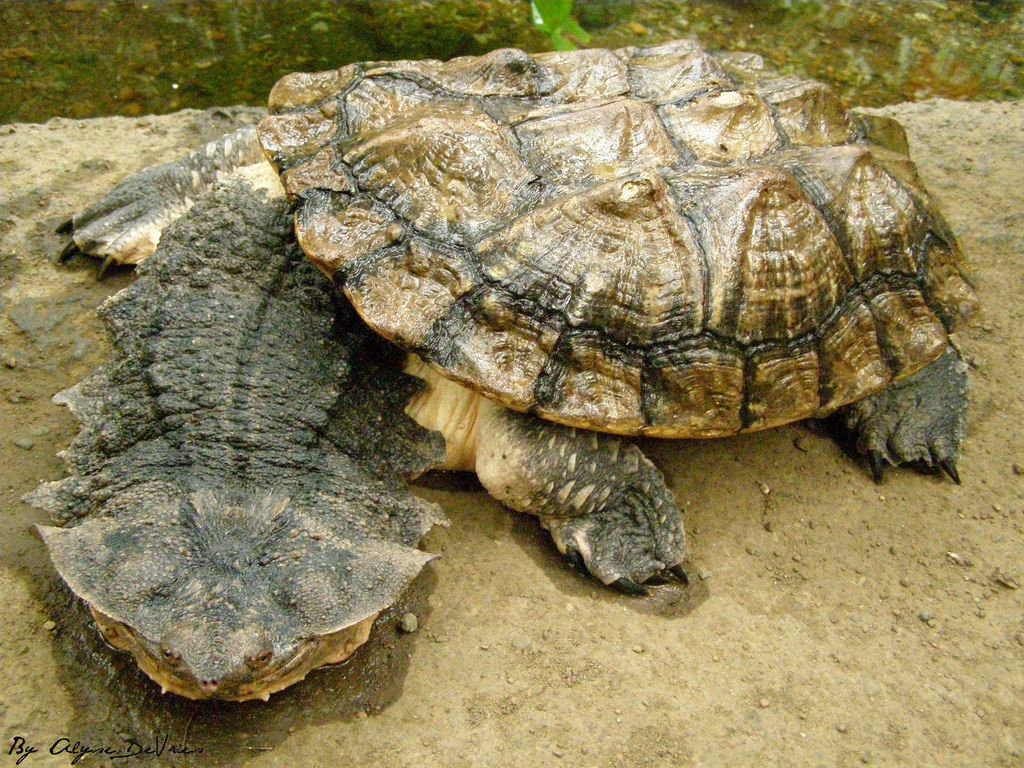
The Mata Mata is a freshwater turtle native to the Pico Rivera Wetlands in South America. Mata Mata’s are large, docile turtles with a flat, triangular head and a horn on its snout, giving them a prehistoric look.
4. Dracula Parrot

With the head of a vulture and body of a parrot, the Dracula Parrot is one of nature’s most beautiful and frightening birds. Native to New Guinea, Dracula Parrot’s are currently vulnerable due to overhunting for their beautiful feathers.
5. Vampire Squid
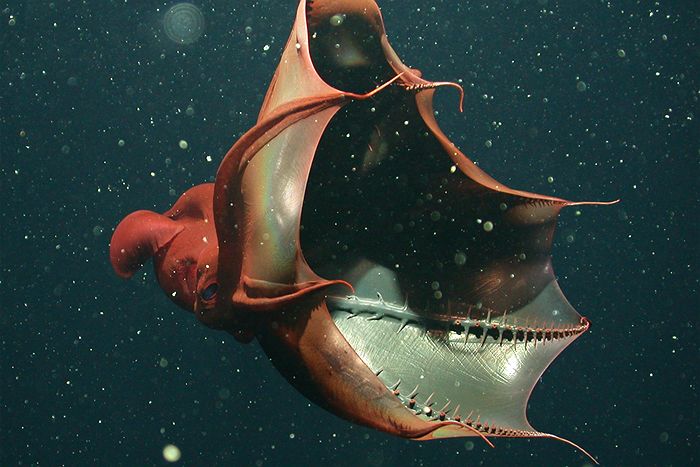
The vampire squid’s binomial name is Vampyroteuthis infernalis, which translates to “vampire squid from Hell.” Despite the menacing name, the vampire squid does not suck blood. Its name comes from its dark color and that it inverts into a cape when disturbed.
6. Musk Deer
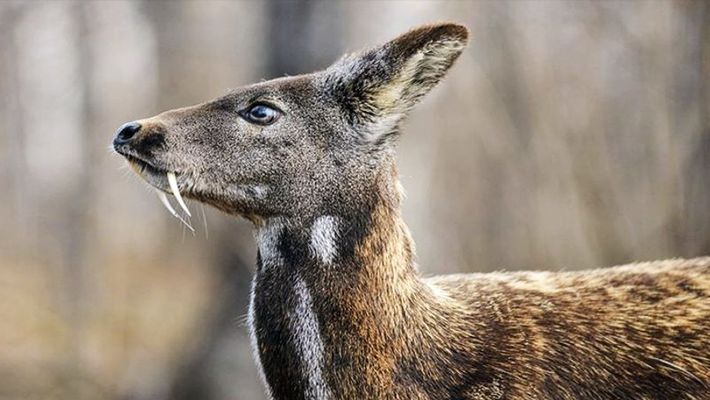
Are those….its teeth? Musk deer are native to are an extremely endangered species native to Asia. Don’t let the teeth fool you, though. Like other species of deer, they are vegetarian.
7. Atlas Moth
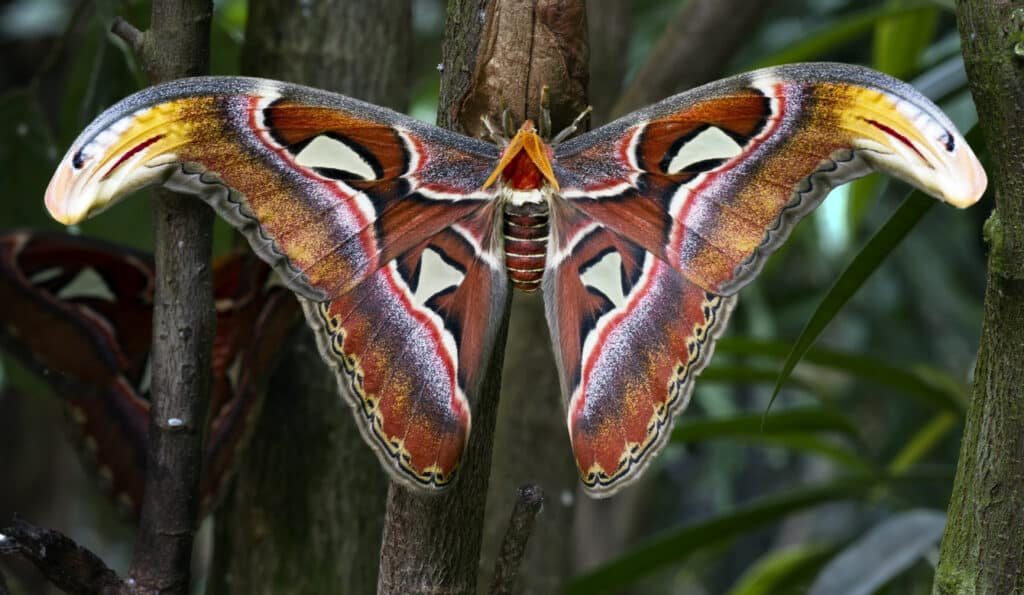
Native to southeast Asia, the atlas moth is one of the largest lepidopterans (moth or butterfly) on earth. Their wings surface area is almost 25 square inches. Their wings are shaped and colored like snakes, which are effective in scaring away predators.
8. Aye-Aye
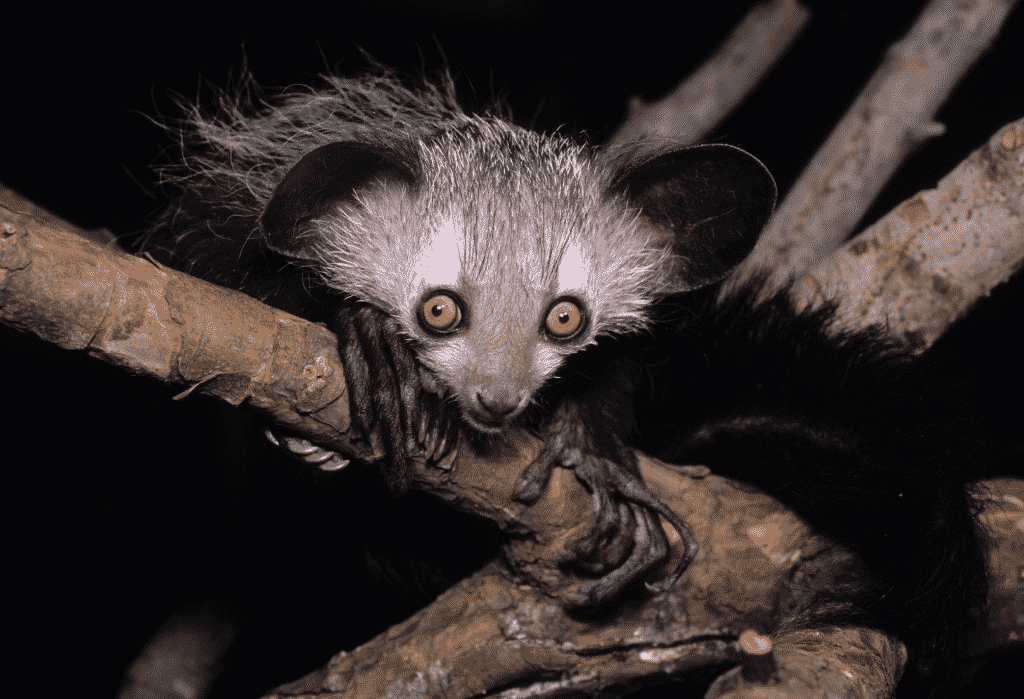
Aye-ayes are long-fingered lemures native to Madagascar. Their rodent-like teeth, long thin middle fingers, and alien-like looks make them one of the earth’s strangest animals. Many consider aye-ayes to be harbingers of evil and will kill them on sight, which is why they’re extremely endangered. They were declared extinct in 1933 but were rediscovered in 1957.
9. Irrawaddy Dolphin
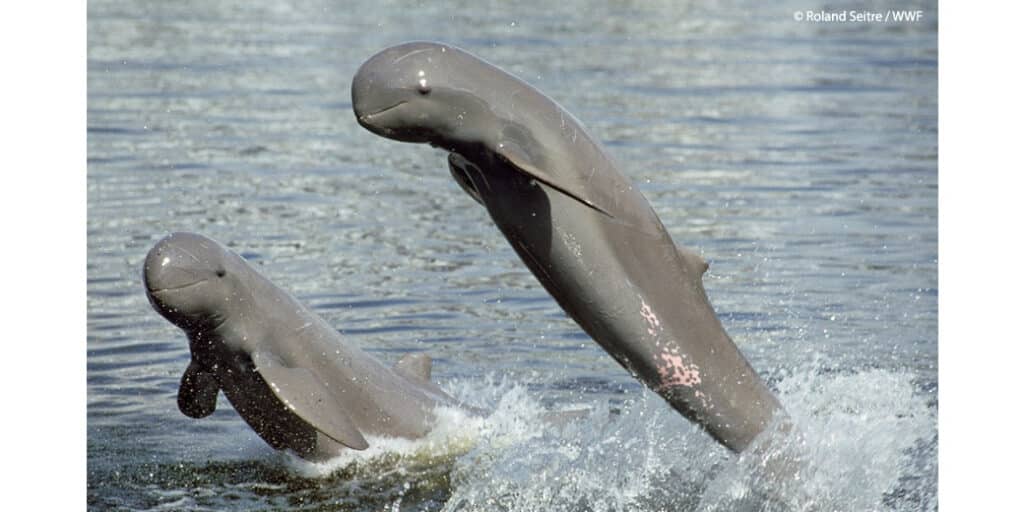
Irrawaddy dolphins are a species of oceanic dolphins native to the Bay of Bengal and Southeast Asia. Their lack of a beak and rounded head gives them a strange, cartoon-like appearance.
10. Pangolin
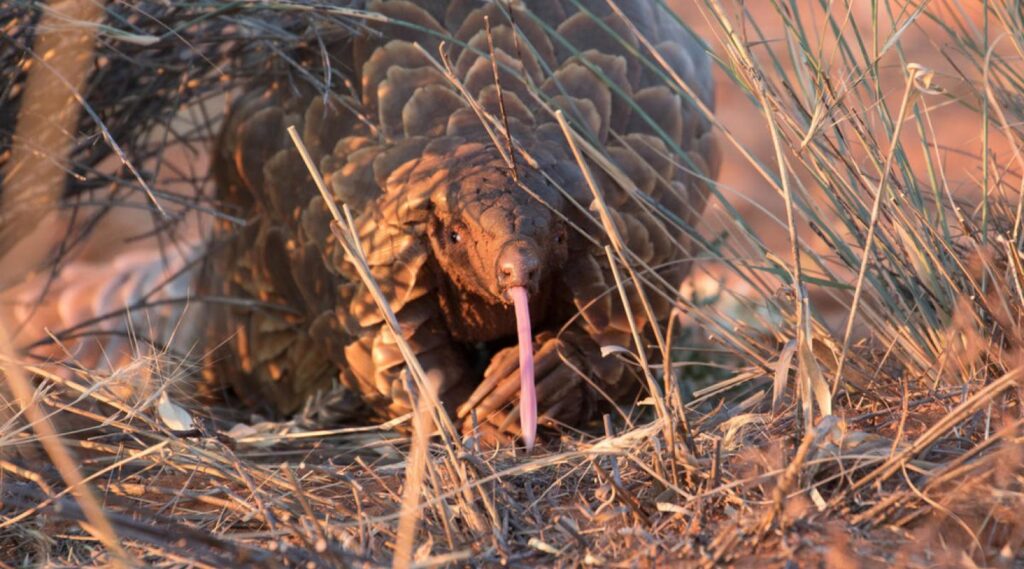
Pangolins are are a species of mammals covered in scales. Because of that, they’re often mistaken for reptiles. They don’t have teeth, so they swallow small pebbles that break down food in their stomach.
11. Secretary Bird
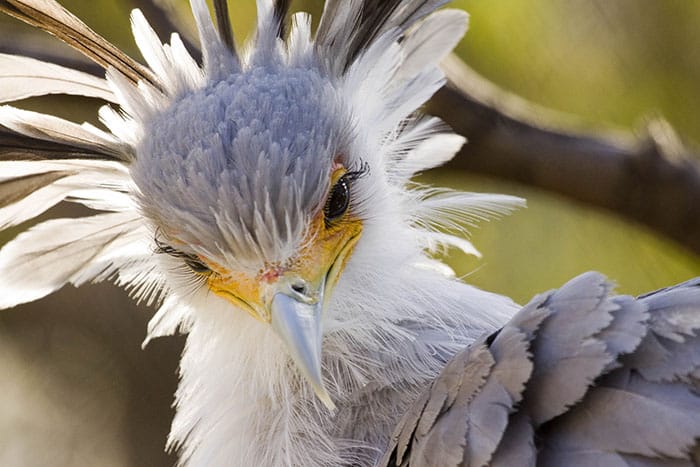
Native to Africa, Secretary Birds look relatively normal until you get up close and notice a distinguishing feature – eyelashes. They have eyelashes that human women would kill for but make them look oddly cartoonish.
12. Leafy Seadragon
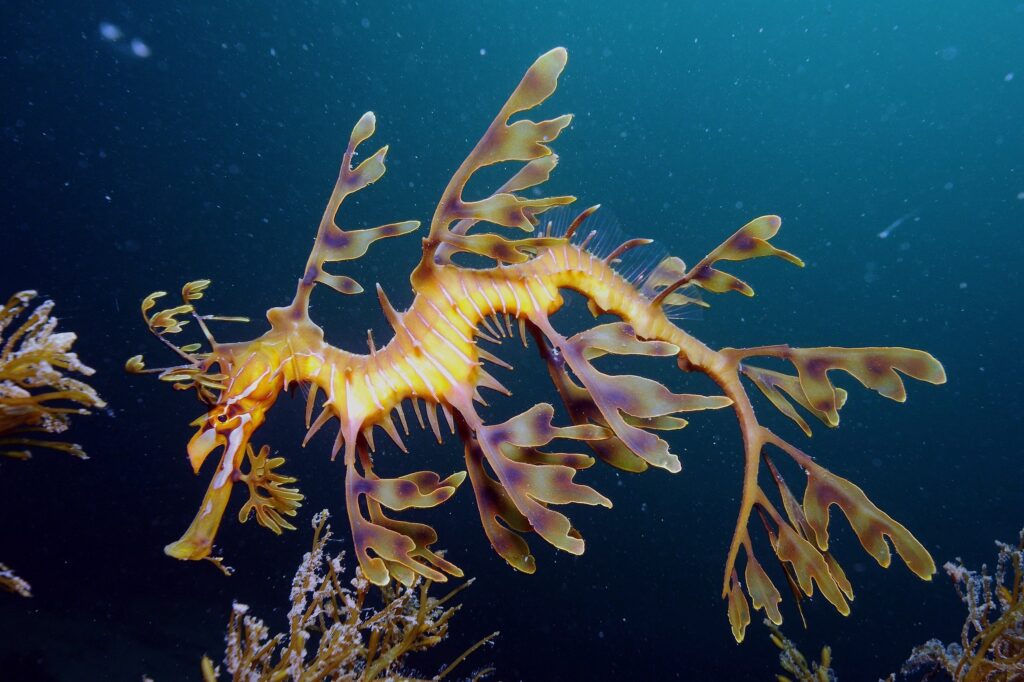
Endemic to the coasts of south and east Australia, the Leafy Seadragon looks like a leaf floating in the water. Despite their fantastic camouflage, they are popular in alternative medicine and endangered.
13. Sea spiders
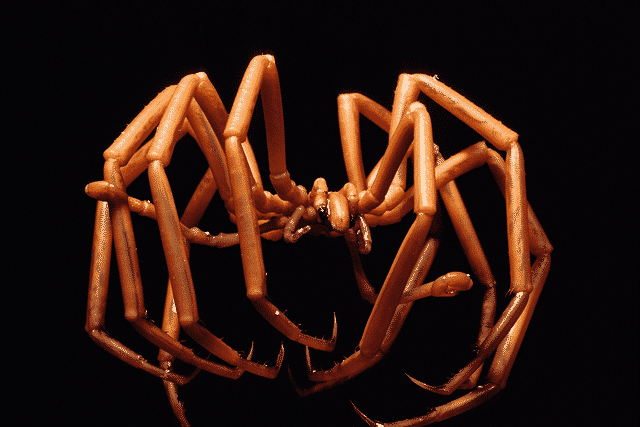
Sea Spiders don’t have gills or lungs. Instead, they absorb gases via their legs and diffuse it across their body. They’re also nightmare fuel.
14. Bearded Vultures
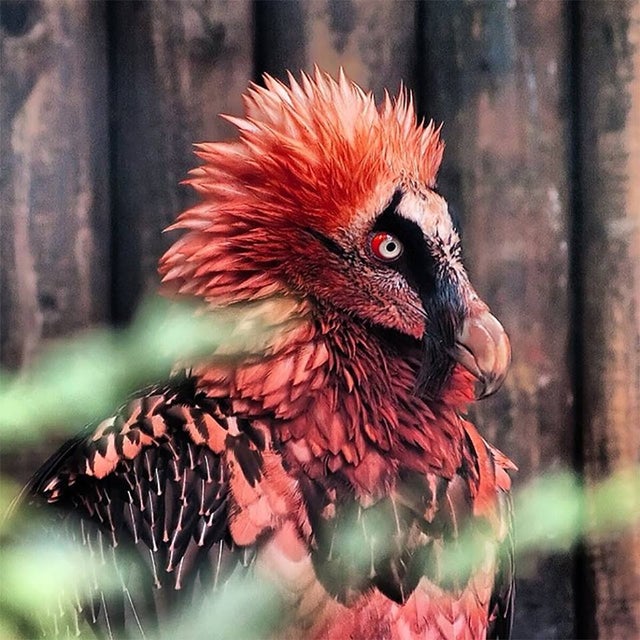
Bearded vultures are possibly the most metal animal on earth. They feed on skeletal fragments, swallowing bones whole when possible. Also, they look like they belong in the Dark Crystal.
15. Pygmy Seahorse
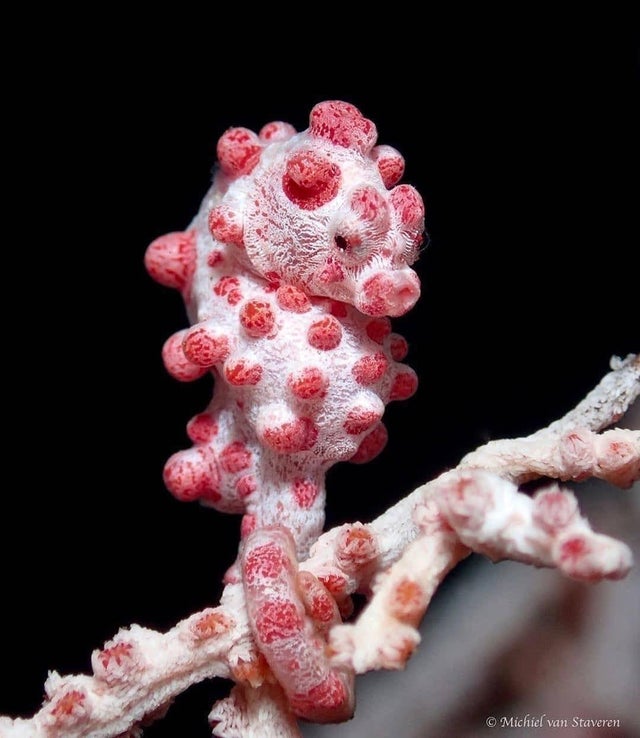
The Pygmy Seahorse was recently discovered. It’s notable in that it strongly resembles COVID-19.
- Tulip Mania – The Story of One of History’s Worst Financial Bubbles - May 15, 2022
- The True Story of Rapunzel - February 22, 2022
- The Blue Fugates: A Kentucky Family Born with Blue Skin - August 17, 2021